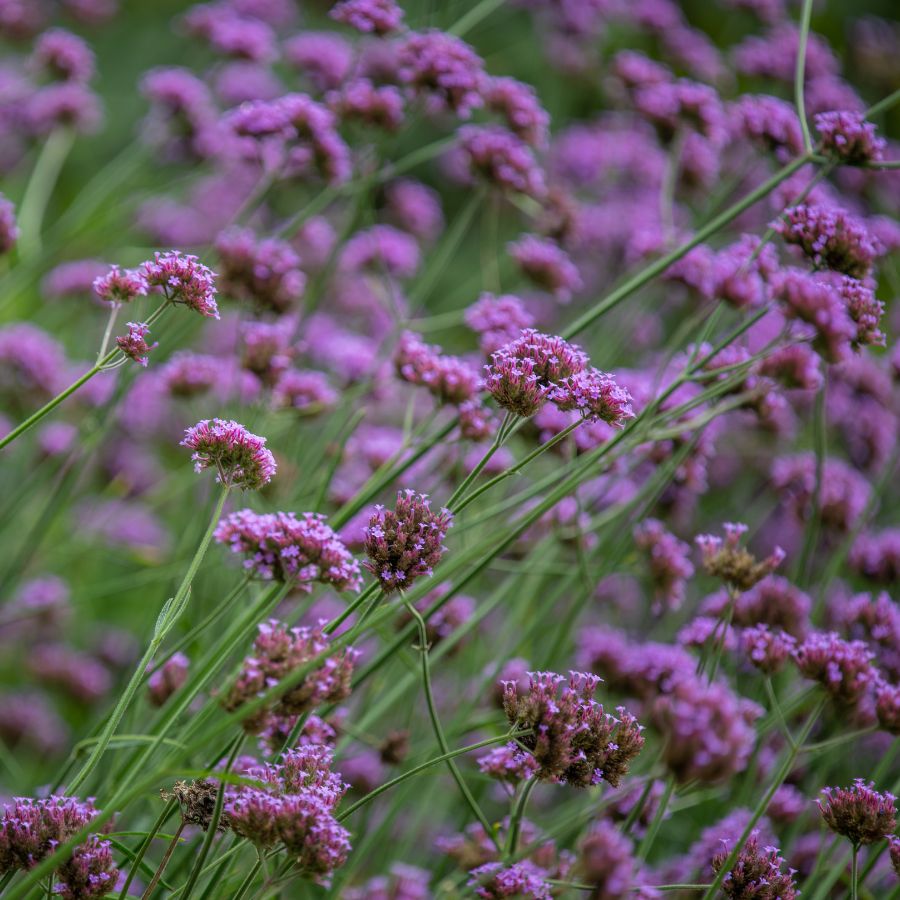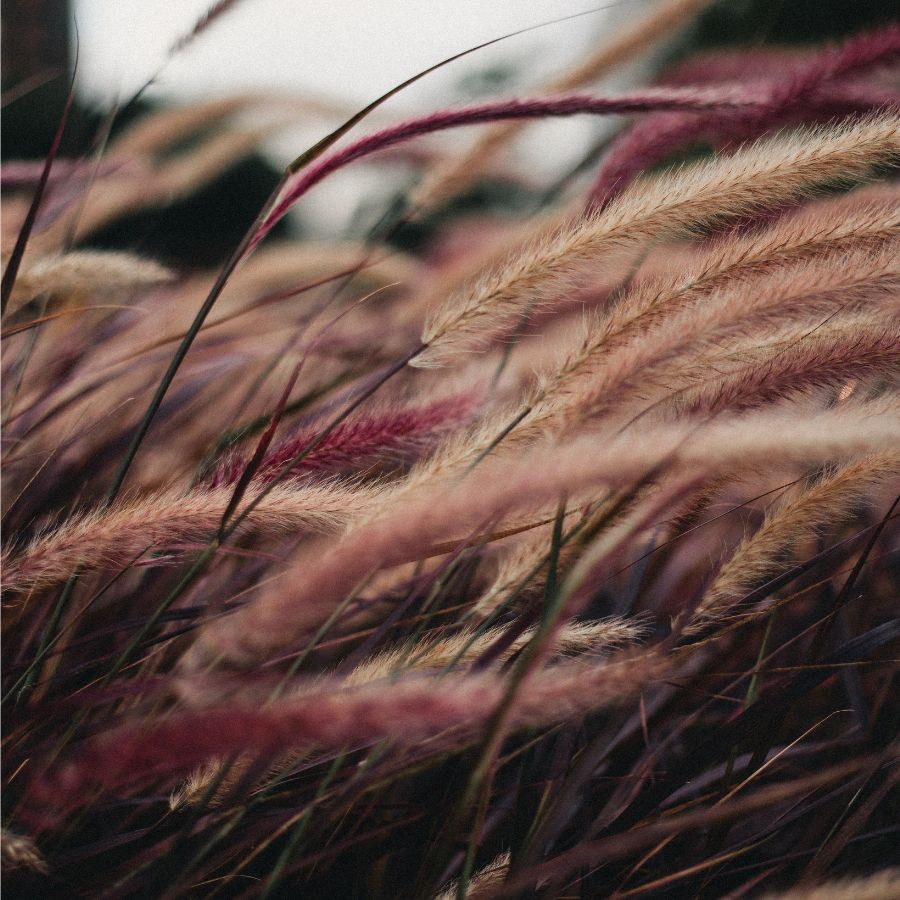Maximize Plant Life Cycle & Landscape Design
Does the Plant Live All Year, or Part of the Year
Annual vs perennial flowers and plants? The answer behind the question is life cycle. Plants are held to a life cycle, some are on a 1 year track, while others are on a 2 year track, and while still others are on a 3+ year track. What does knowing the life cycle of your plants do for you? First off, it gives you an idea of how long to plan on taking care of said plant, its strengths and weaknesses, its care requirements, and why it costs what it does.
The question is, what is the difference between annual or perennial plants? Perennial plants can live and thrive all year long, while annual plants have a finite time to live and need to be replaced each year.
Annual Characteristics
Which is better, annual vs perennial flowers? Turns out that is a personal question. When you’re at a nursery you’ll see hanging signs for annuals and perennials, but you can think of it in terms of commitment, do you want a long commitment, or a shorter one?
Characteristics of annual plants include, but are not limited to:
- Bloom for entire growing season
- Live for 1 growing season
- Don’t return for another growing season
- More work than perennials
- Cost less that perennials
- Allows for yearly landscaping designs
- Don’t allow for propagation
Why Choose Annuals
If you are a beginner and not looking for long-term relationship with a plant consider starting with annuals. They will help you get a feel of what gardening takes and will help you decide on what kind of design you want for your landscape.
Aside from learning to be a gardener there are other reasons why you should consider using annuals.
- Change up your garden every year. Base it on colors, or textures, or plants you’ve always wanted to try.
- Temporarily fill in blank spots within your garden, while allowing perennials to grow into their space.
- Annuals can be added to vegetable gardens to add color, or even to dissuade weeds from growing.
- Get instance gratification from your plants, annuals mature more quickly than perennials.
- Annuals flower more than perennials.

Examples of Annuals
Flowering annuals include: verbena, petunias, geraniums, calibrachoa, alyssum, sunflowers, marigolds, zinnias, morning glories.
There are always rule breakers to the annual vs perennial flowers lables. Tulips for example, the bulb of the tulip is considered a perennial because it has the ability to grow back each year. However, specific weather conditions need to exist for this to happen (cold winters and hot summers), otherwise they behave like an annual. Begonias, agave, elephant ears, and Alternanthera also behave this way.
Perennial Characteristics
Flowers are not a determining factor between annual vs perennial flowers and plants. There are stunning and unique flowers on each side, so you won’t have to sacrifice beauty when choosing the type of plant that is best for you.
Characteristics of perennial plants include, but are not limited to:
- Live for 3+ growing seasons
- Bloom during specific times of the year
- Return to bloom year after year
- Less work than annuals
- Cost more than annuals
- Landscaping designs are permanent
- Easy to propagate
- Native perennials take less work
- Native perennials attract more pollinators
Why Choose Perennials
- Good long-term investment.
- Use propagation to build out your garden, or share with family and friends.
- Require less water
- Thrive in warm climates
- Perfect for xeriscaping
- Increase your garden’s ability to attract pollinators

Examples of Perennials
An example list of perennials include: salvia, daylily, milkweed, aster, peonies, euphorbia, coneflower, most cacti, most herbs.
Biennials
The lesser known category is biennials. Perennials survive for at least 3 growing seasons, leaving the category for plants that live for 2 growing seasons. Examples of biennials are: dianthus, hollyhock, and foxglove.

